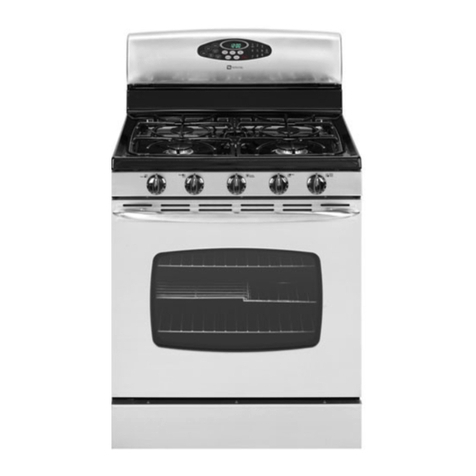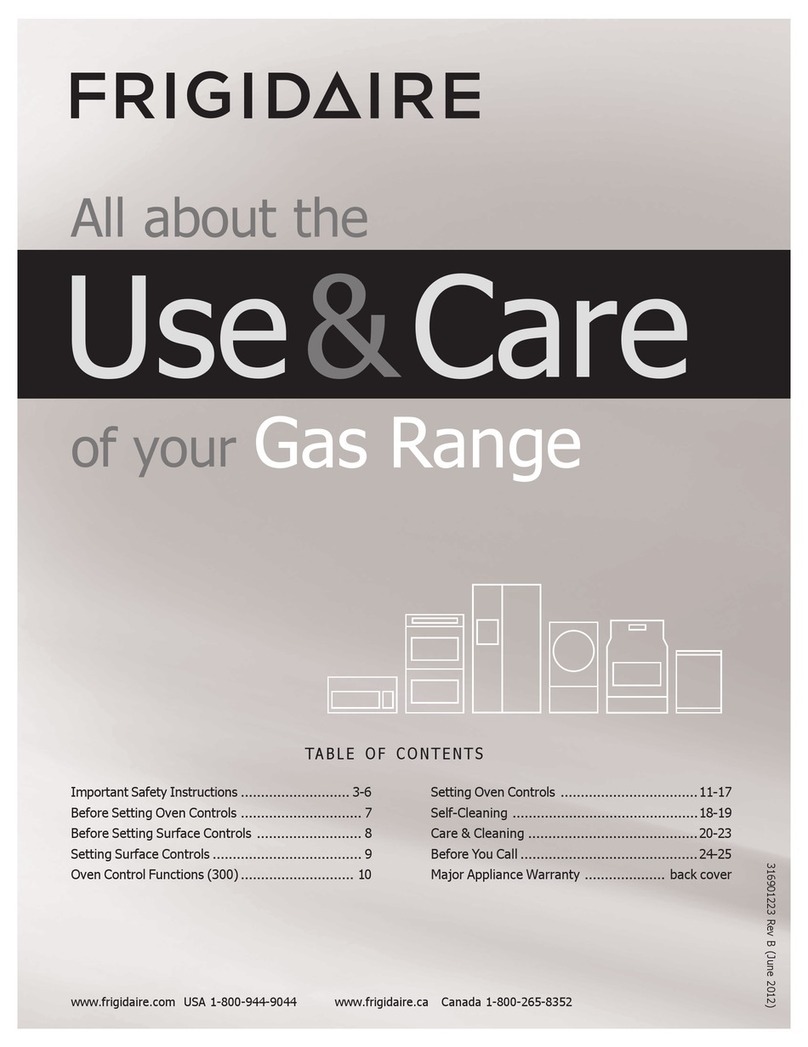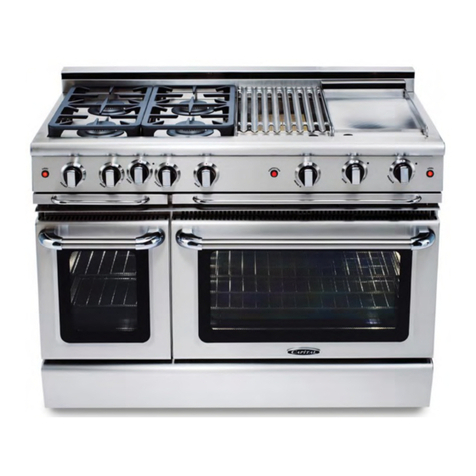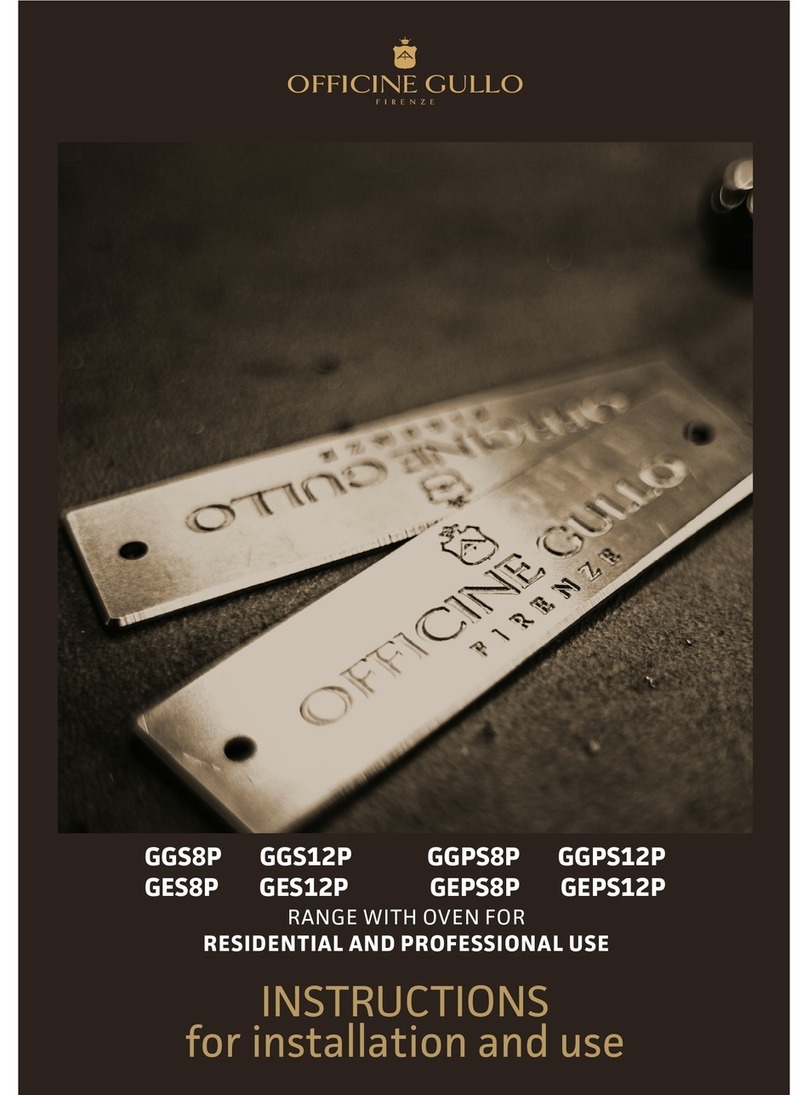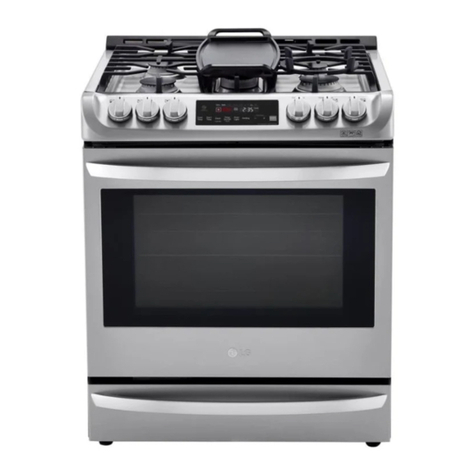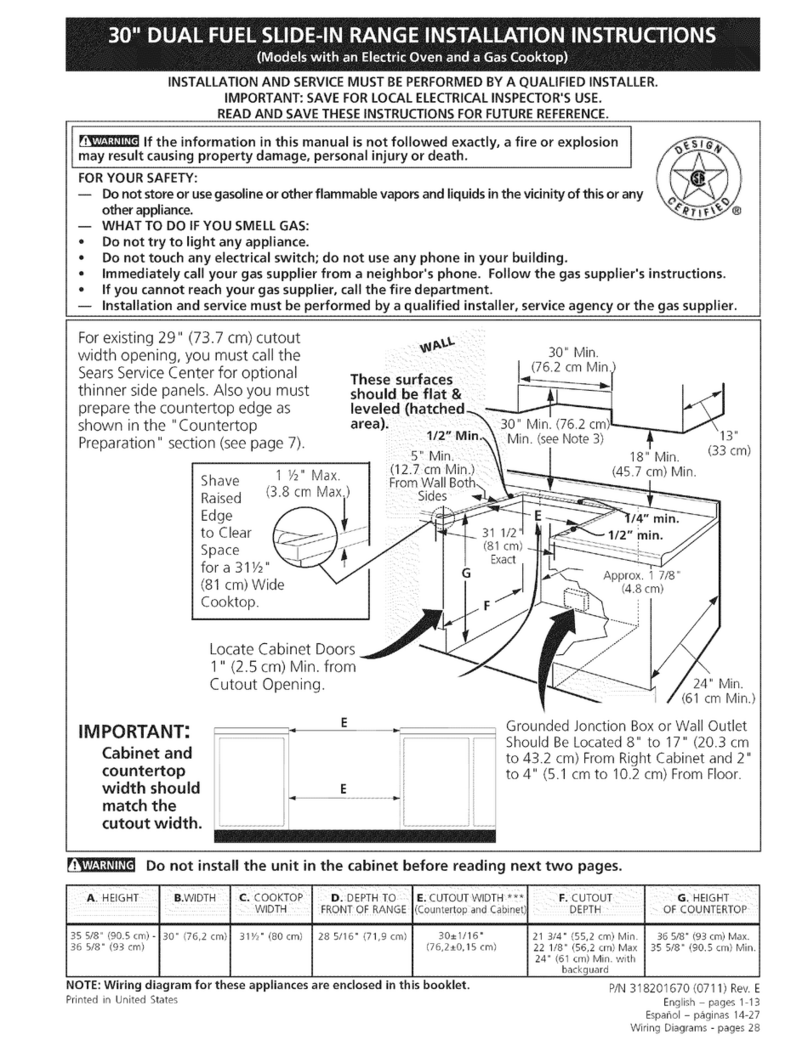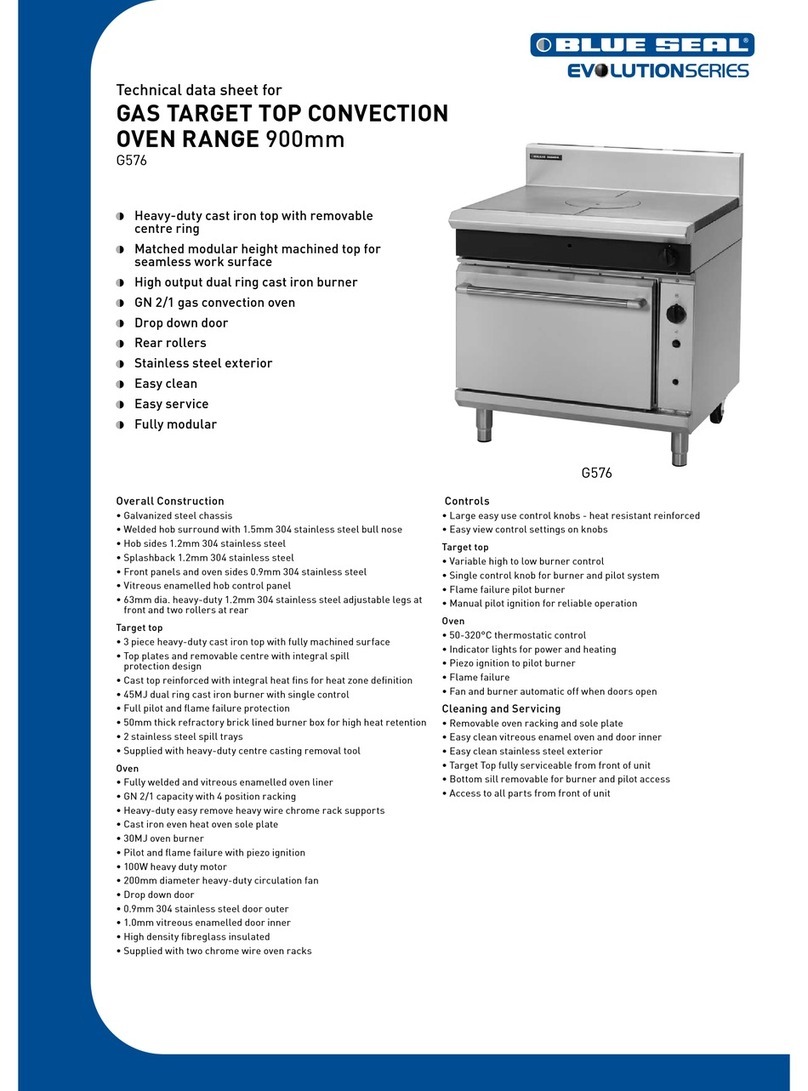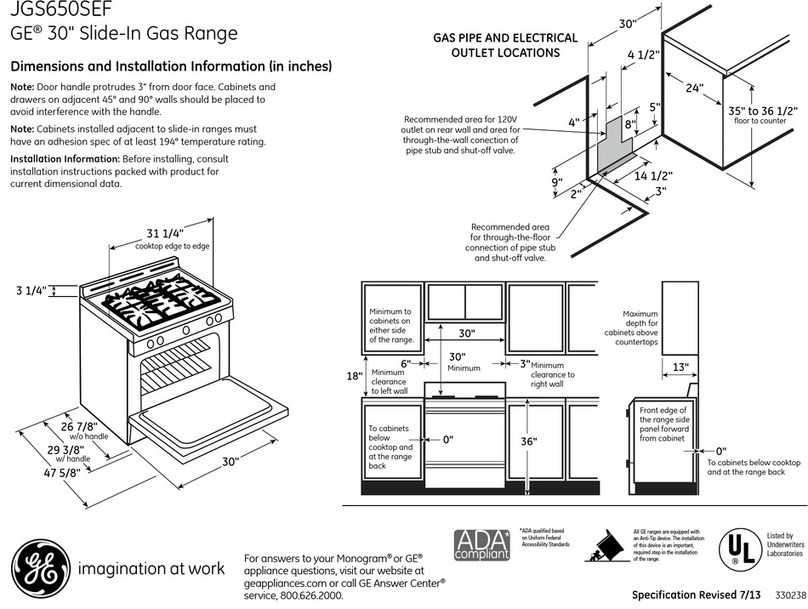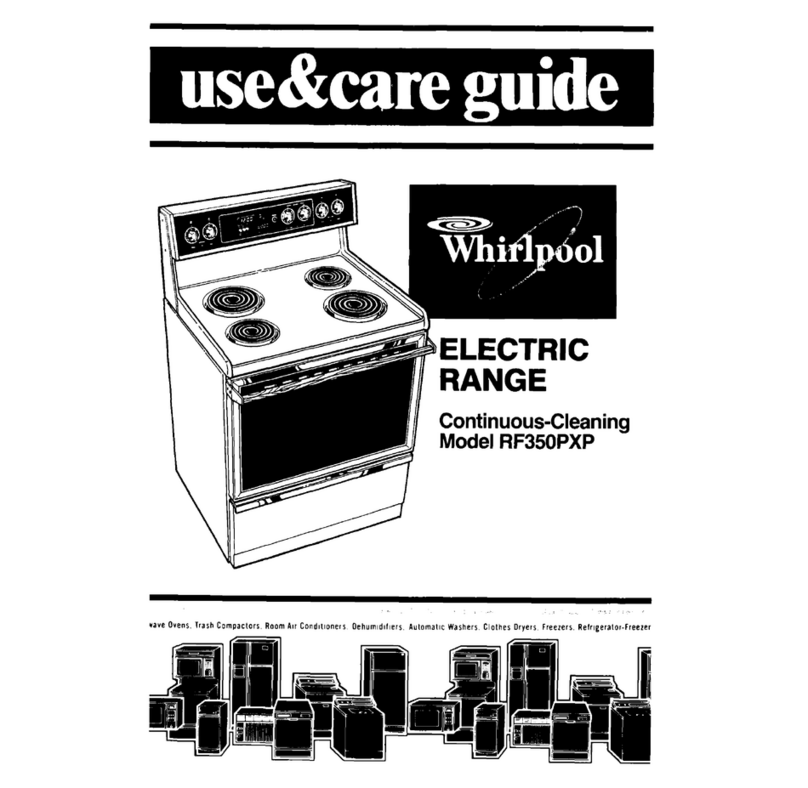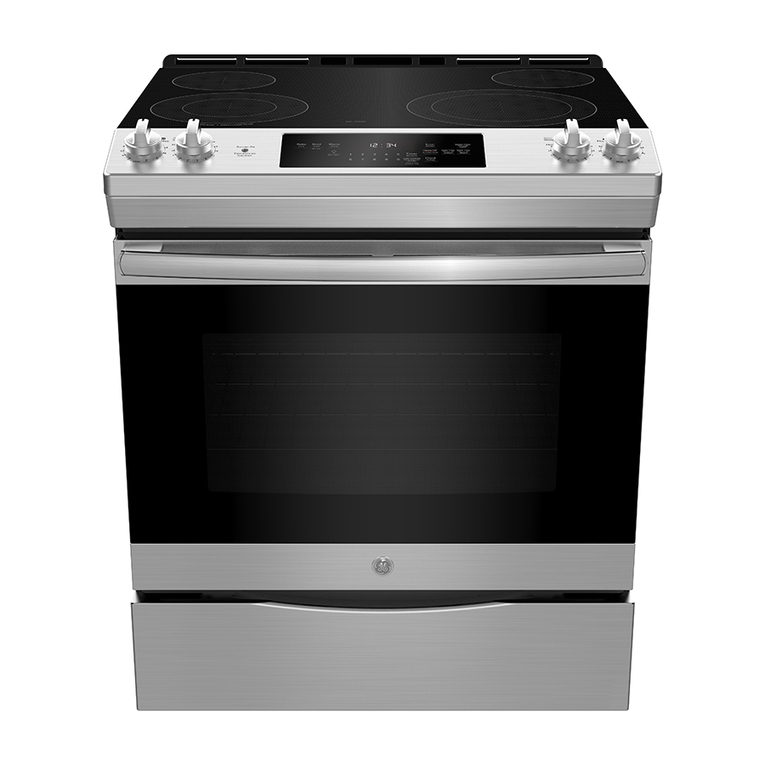Before installing the actuator onto the valve or damper, check the following:
1. Check the actuator nameplate for the output torque
of the actuator. The output torque should be a
minimum of 30% greater than the actual maximum
requirement of the valve or damper. See Photo 1.
2. Check to ensure that the enclosure rating is suitable
for the area of installation.
3. Check the wiring diagram, as per the wiring diagram
code on the nameplate, and confirm that it meets
the electrical requirements.
4. Check the actuator nameplate for correct voltage,
prior to wiring. See Photo 1.
Actuator Installation
1. The actuators have been factory calibrated to
operate between 0° and 90°. Most failsafe quarter-
turn products will not require recalibration of these
settings. If any travel adjustment is necessary,
please refer to the “Limit Switch Setting” section
below.
2. The actuators are shipped in the full CLOSE (CW)
position (spring retracted). The 2-color mechanical
position indicator shows “CLOSE” (see Photo 2) and
on the actuator base, the female drive is aligned as
shown (see Photo 3). If the actuator is not in the full
CLOSE (CW) position, use the manual override (if
supplied) to reposition the actuator. See “Manual
Override” section below for instructions.
3. Fully CLOSE the valve or damper to which the
actuator is to be mounted. Note that the actuators
rotate CW (as viewed from above the unit) when
moving in the CLOSE direction.
4. Assemble necessary adaption components and
attach the actuator to the valve or damper.
